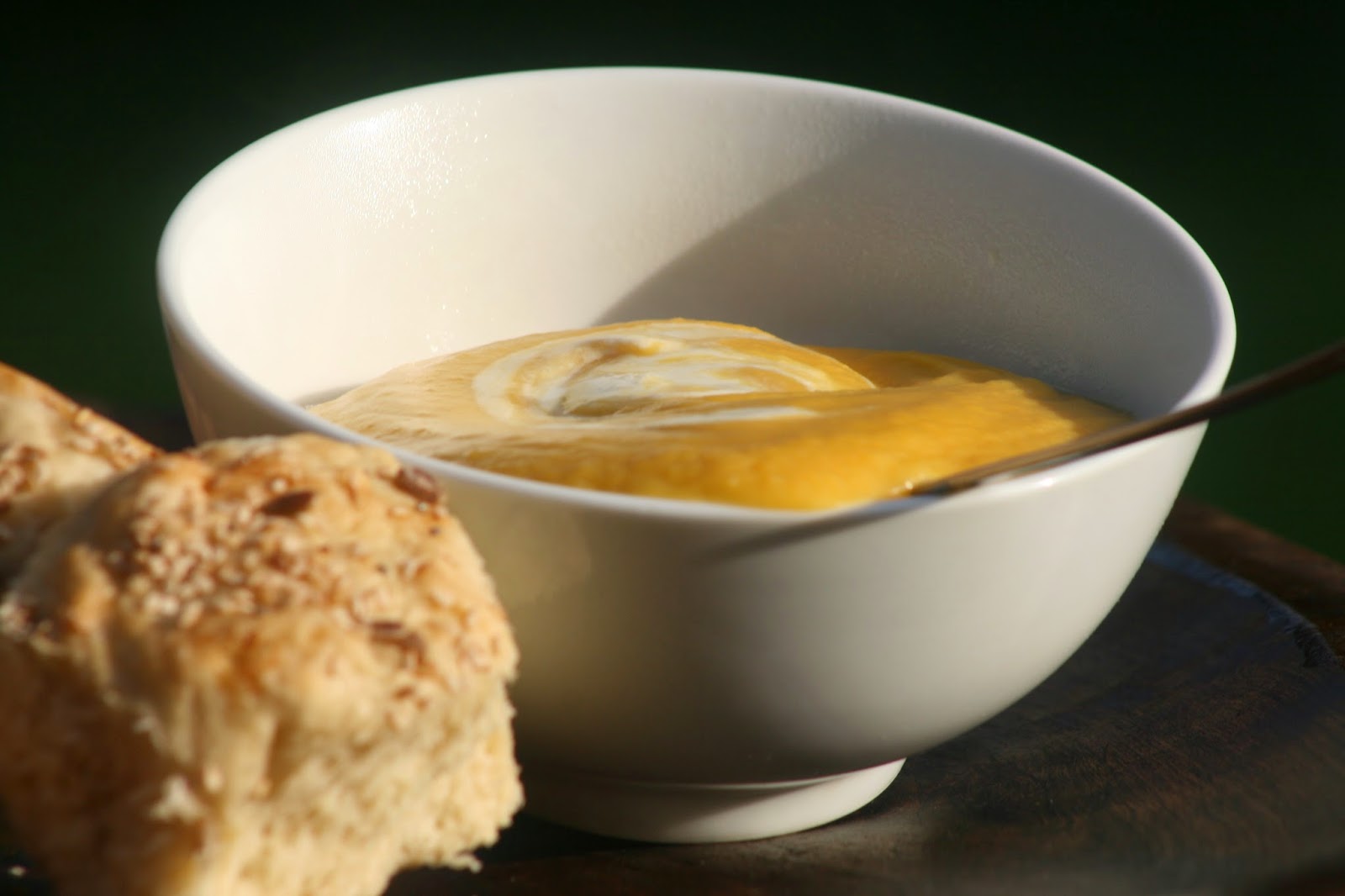 When I was a kid, chicken wings were sought after at our house and, having an older sister who was more agile at grabbing them from the platter that my mum placed on the table, I always thought it unfair that chickens should only have two wings. So, fast forward several years and my own son shares my love for chicken wings. But now I live in Argentina, where people don't have the same fascination for chicken wings and they are readily sold on their own. Heaven!!! I can now but the chicken wing count of ten chickens and not break a sweat. A win-win situation!!! So let's get about preparing these delights:
When I was a kid, chicken wings were sought after at our house and, having an older sister who was more agile at grabbing them from the platter that my mum placed on the table, I always thought it unfair that chickens should only have two wings. So, fast forward several years and my own son shares my love for chicken wings. But now I live in Argentina, where people don't have the same fascination for chicken wings and they are readily sold on their own. Heaven!!! I can now but the chicken wing count of ten chickens and not break a sweat. A win-win situation!!! So let's get about preparing these delights:
 To start with, a bit of chicken anatomy: the wing is made up of three parts and the tip or thinnest of the three parts, I usually cut off and discard. Then I separate the other two parts one from the other. Salt the wings lightly, place in a microwave dish and cook for about 10 minutes. After about five minutes, stir the wings so that they cook evenly. Note: due to the amount, it is unlikely that all the wings will be cooked completely. No problem as you'll be baking them in the oven later.
To start with, a bit of chicken anatomy: the wing is made up of three parts and the tip or thinnest of the three parts, I usually cut off and discard. Then I separate the other two parts one from the other. Salt the wings lightly, place in a microwave dish and cook for about 10 minutes. After about five minutes, stir the wings so that they cook evenly. Note: due to the amount, it is unlikely that all the wings will be cooked completely. No problem as you'll be baking them in the oven later. Step two is to marinade the wings and the tendency for good chicken wings is to go sweet, with a bit of sour and some spiciness. Keeping that in mind, I made my marinade using honey, balsamic vinegar, ketchup, BBQ sauce and a bit of lemon juice. For heat, I added ground chilies. Flavour with some crushed mustard and coriander seeds. Mix all the ingredients in a bowl, add the (now partially or completely cooked) chicken wings, mix through and allow to stand for a few hours at least. Overnight or a day or two is even better.
Step two is to marinade the wings and the tendency for good chicken wings is to go sweet, with a bit of sour and some spiciness. Keeping that in mind, I made my marinade using honey, balsamic vinegar, ketchup, BBQ sauce and a bit of lemon juice. For heat, I added ground chilies. Flavour with some crushed mustard and coriander seeds. Mix all the ingredients in a bowl, add the (now partially or completely cooked) chicken wings, mix through and allow to stand for a few hours at least. Overnight or a day or two is even better.Take your flat oven baking tray and line it with aluminium paper and place your wings on there and bake in the oven for as long as it takes for the sauce to dry out and for the wings to become crispy. You will have to turn it over once or twice. And there you have lovely chicken or buffalo wings.
Check out my Facebook page: Simple Foodies.














































